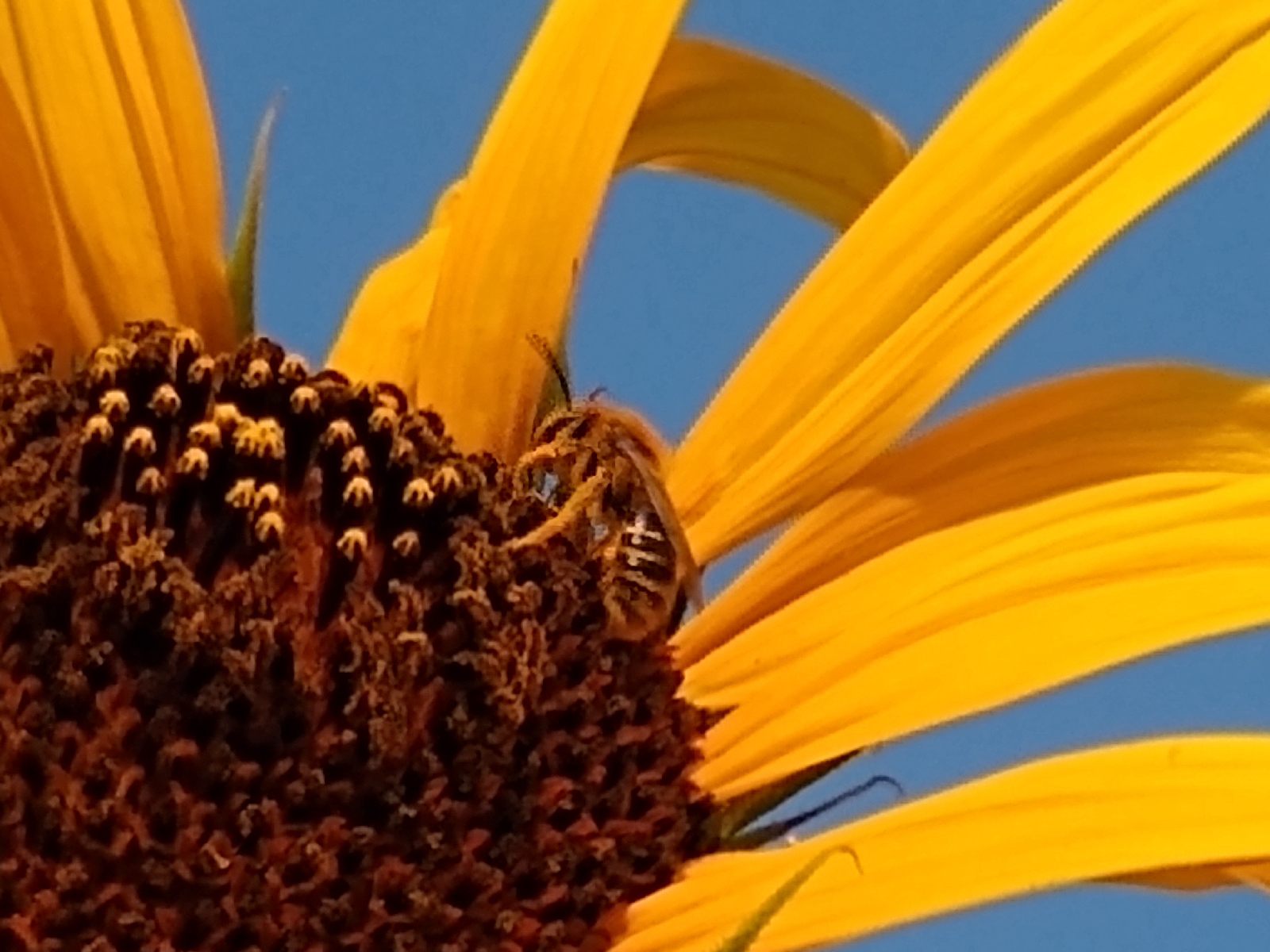Likewise, the common, purple flowers of the "deadly nightshade" turns out to be silverleaf nightshade. This plant well visited by bumble-bees even this late in the season. The plants have silver hairs that reduce evaporation and so are specifically designed for our climate.
as the water table continues to fall the ditch wetlands are undergoing a transformation. Some animals are quick to take advantage of the changes, like this heron, hunting stranded fish, frogs, insects, snakes and even turtles in the newly created shallows.
One of the animals just about every predator eats is baby lizards. Plus they are easy to outwit with just a little observation. Most creatures fall back on instinct in a panic, making them predictable.
On the morning walk I got to watch a skunk heading home to it's burrow in a drainage pipe. It fluffed its tail at our dog and meandered on its way. Didn't get time to snap a picture but I also didn't want to take my eye off a skunk that was displaying it's displeasure!


















































